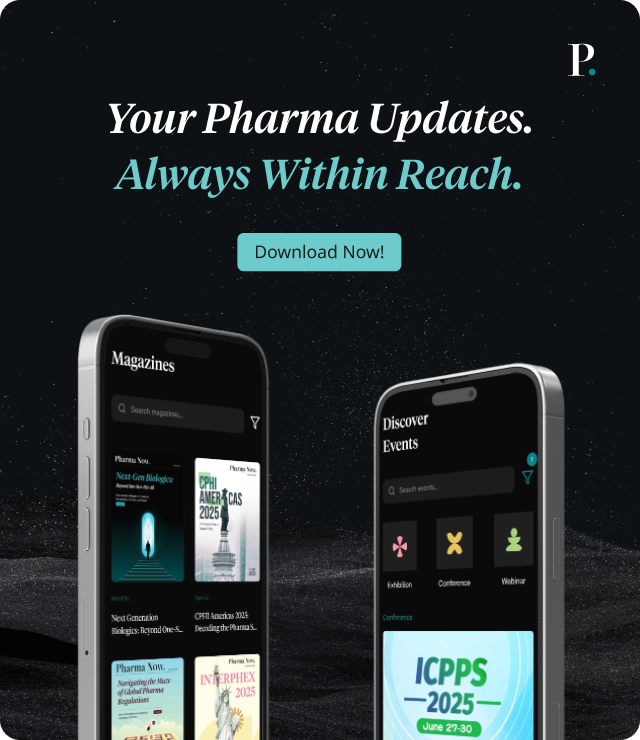Gecacitinib Outperforms Hydroxyurea in Treating Myelofibrosis and Anemia: A New Hope for Patients
Gecacitinib surpasses hydroxyurea in efficacy and safety for treating myelofibrosis with anemia.
Breaking News
Dec 26, 2024
Abhishek Sawant

A groundbreaking phase 3 clinical trial (ZGJAK016; NCT04617028) has highlighted the superior efficacy and safety of gecacitinib (Jaktinib; Suzhou Zelgen Biopharmaceuticals) compared to hydroxyurea (HU) for treating patients with myelofibrosis (MF) and anaemia. Published in Blood Cancer Journal, the study suggests that gecacitinib holds significant promise as a game-changing therapy in this challenging area of oncology.
Understanding Myelofibrosis and Current Challenges
Myelofibrosis (MF) is a severe myeloproliferative neoplasm (MPN) characterized by diminished red blood cell production, extensive bone marrow scarring, and anaemia, often leading to debilitating symptoms such as splenomegaly and extramedullary hematopoiesis. Janus kinase inhibitors (JAKi) have long been the cornerstone of MF treatment, but their efficacy is often marred by worsening anaemia and limited options for patients who develop resistance. Hydroxyurea (HU), a common cytoreductive agent, has shown some promise in combination therapies, but significant unmet needs persist.
What Sets Gecacitinib Apart?
Gecacitinib is a novel dual-action inhibitor targeting both JAK and activin receptor-like kinase 1 (ACVR1), offering a multi-faceted approach to MF treatment. By inhibiting pathways such as JAK1, JAK2, JAK3, TYK2, and ACVR1, gecacitinib effectively reduces inflammation, alleviates splenomegaly, and combats anaemia. Its ability to downregulate hepcidin expression and correct iron metabolism imbalances results in improved haemoglobin levels and decreased transfusion dependency, distinguishing it from conventional therapies.
Key Findings from the Phase 3 Trial
This double-blind, multicenter trial enrolled over 100 patients with intermediate-2 or high-risk MF. Participants were randomly assigned to receive either gecacitinib (100 mg twice daily) or HU (500 mg twice daily). The study's primary endpoint was a ≥35% reduction in spleen volume (SVR35) at 24 weeks, with secondary measures assessing symptom relief, anaemia improvement, and overall safety.
Superior Efficacy
Spleen Volume Reduction: 64.8% of patients treated with gecacitinib achieved SVR35, compared to just 26.5% in the HU group (P = 0.0002).
Best Spleen Response Rate: Gecacitinib demonstrated an 81.7% response rate versus 32.4% for HU (P < 0.0001).
Symptom Relief (TSS50): 62.0% of gecacitinib-treated patients experienced a ≥50% reduction in symptom scores, outperforming the 50% rate observed in the HU group.
Haemoglobin Gains: Among non-transfusion-dependent patients with baseline haemoglobin ≤100 g/L, 31.0% of those on gecacitinib achieved a ≥20 g/L increase in haemoglobin levels, compared to 15.0% in the HU cohort.
Improved Safety Profile
Gecacitinib demonstrated a notably lower incidence of severe treatment-emergent adverse events (TEAEs) compared to HU:
Anemia: 26.8% vs. 44.1%
Thrombocytopenia: 15.5% vs. 32.4%
Leukopenia: 2.8% vs. 20.6%
Neutropenia: 1.4% vs. 20.6%
A Promising Future for Myelofibrosis Treatment
As the first JAK and ACVR1 inhibitor to demonstrate such robust results, gecacitinib offers new hope for patients grappling with MF and anaemia. Its ability to deliver improved efficacy and safety over traditional therapies positions it as a potential breakthrough in the ongoing pursuit of better outcomes for individuals living with this debilitating disease.
This milestone reinforces the promise of innovative therapies like gecacitinib to redefine standards of care in hematologic malignancies and inspire hope in patients and caregivers alike.
